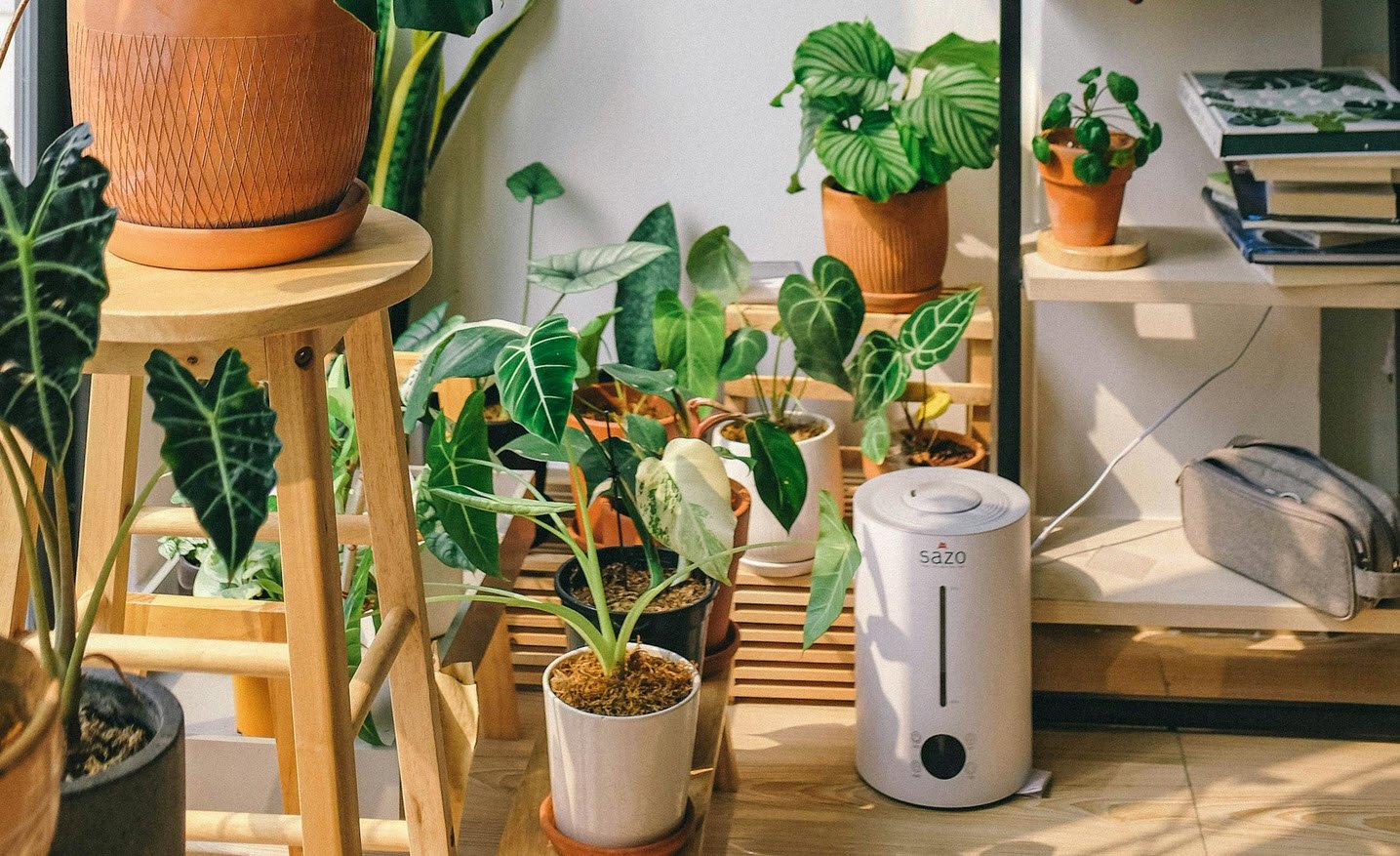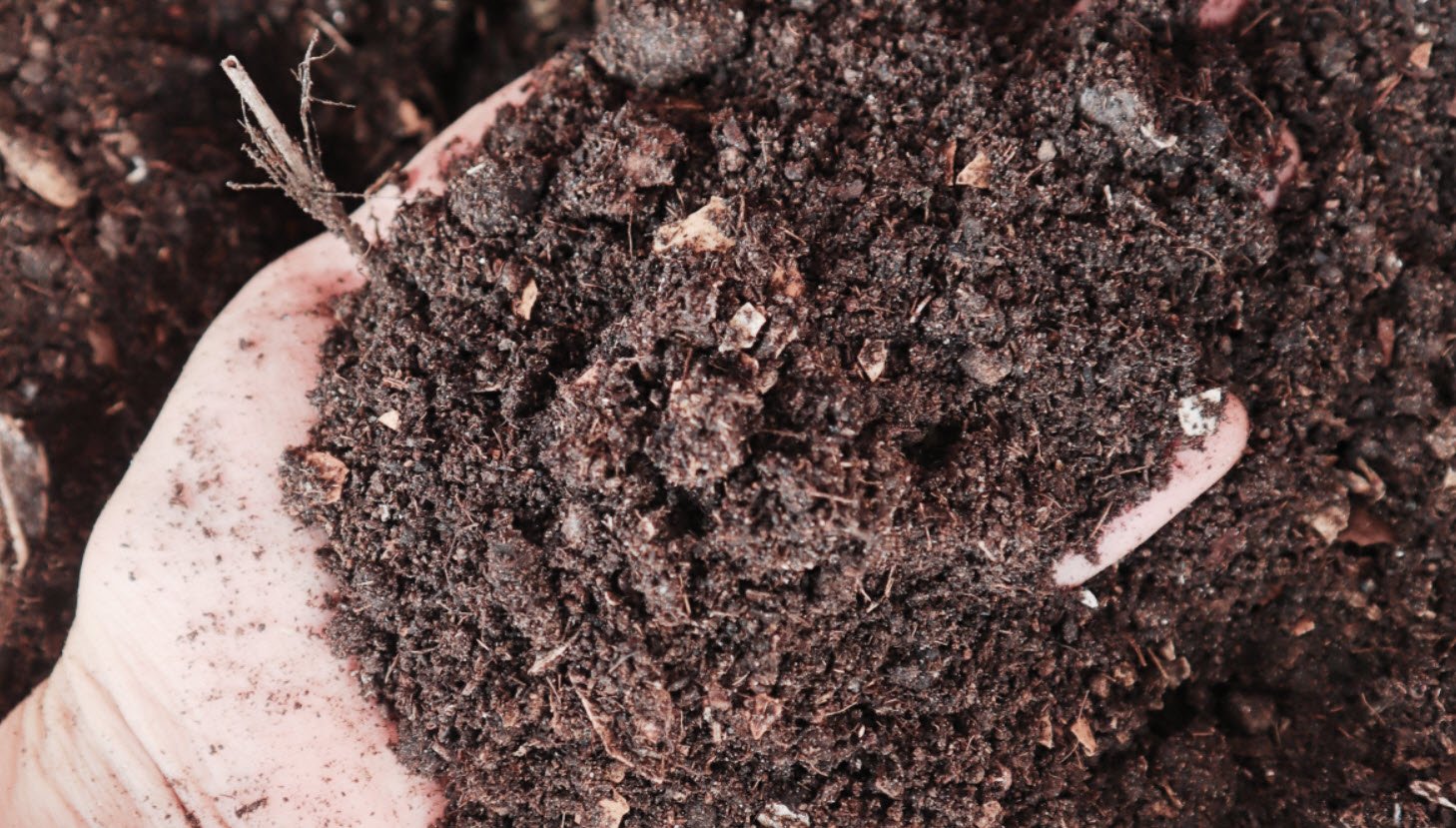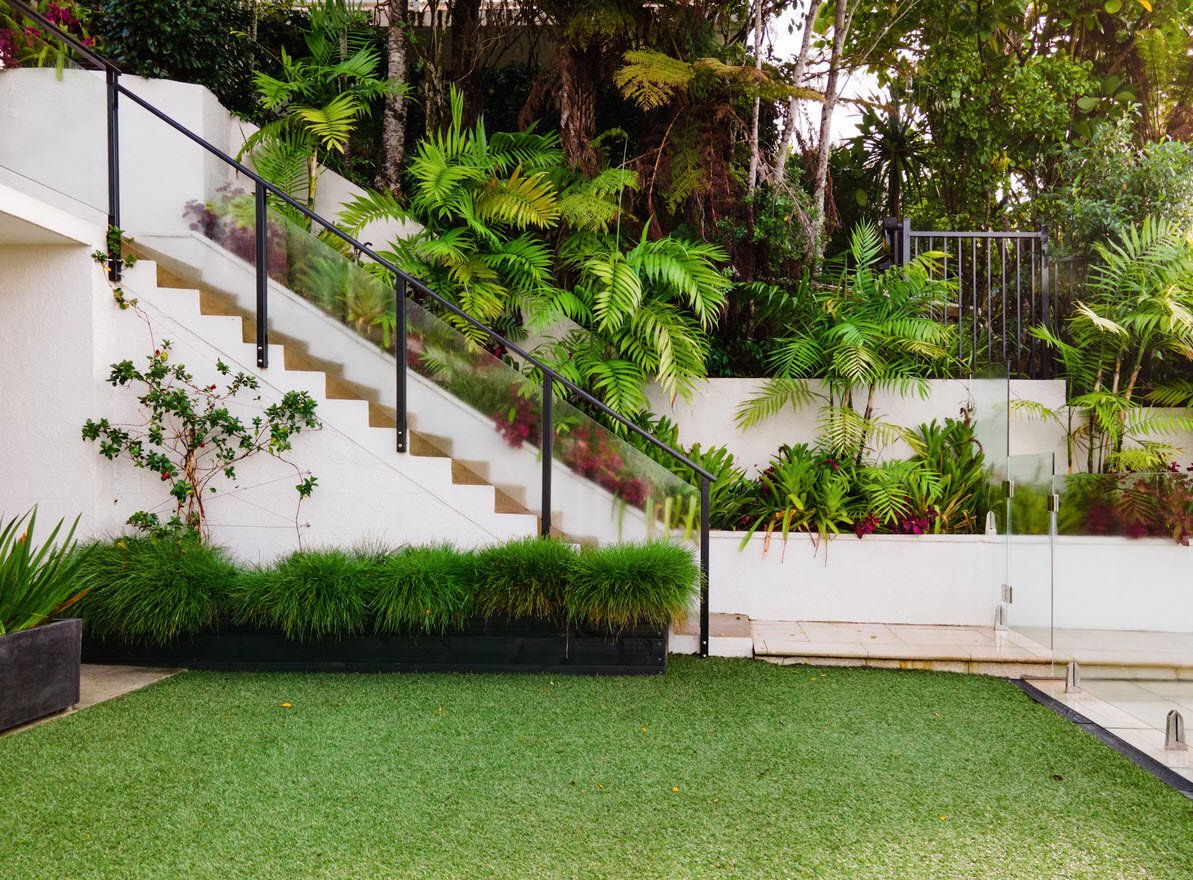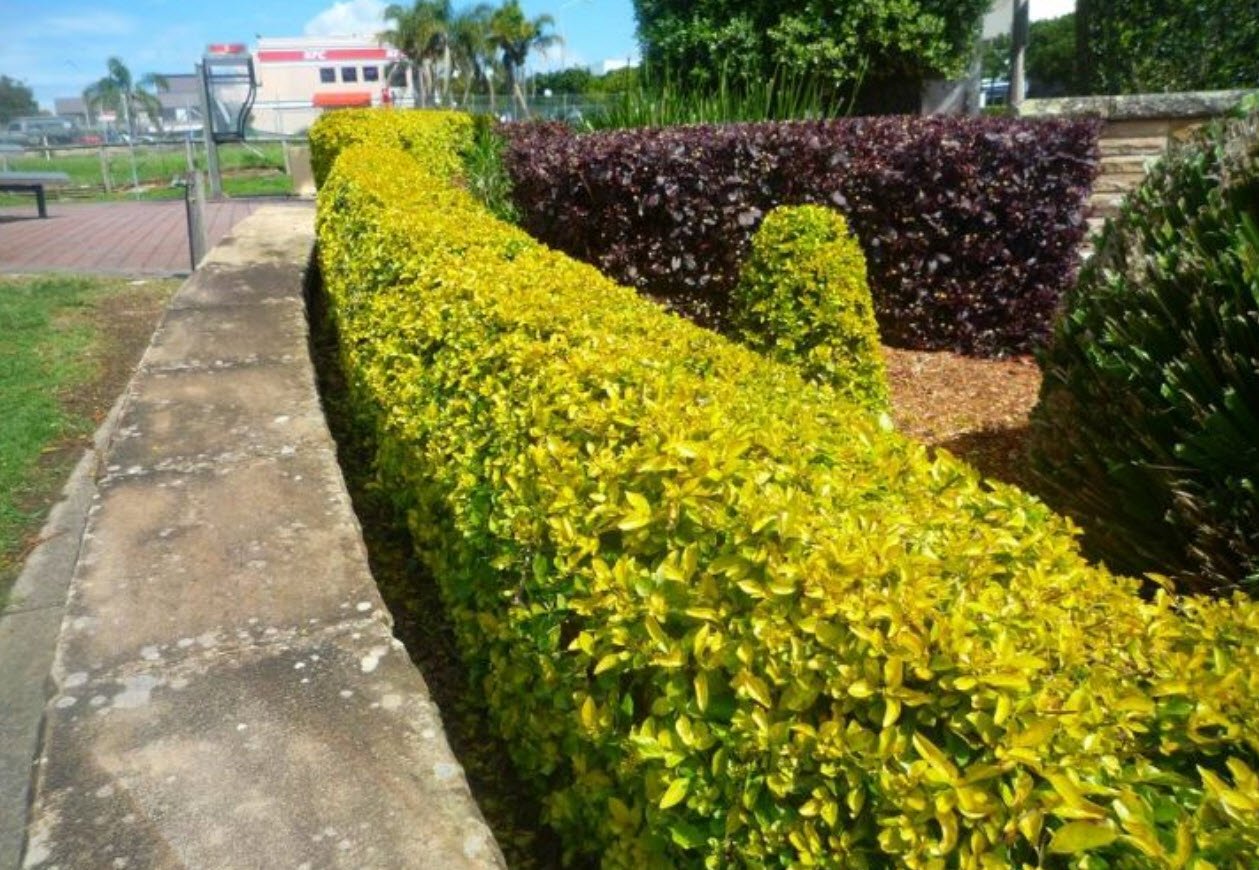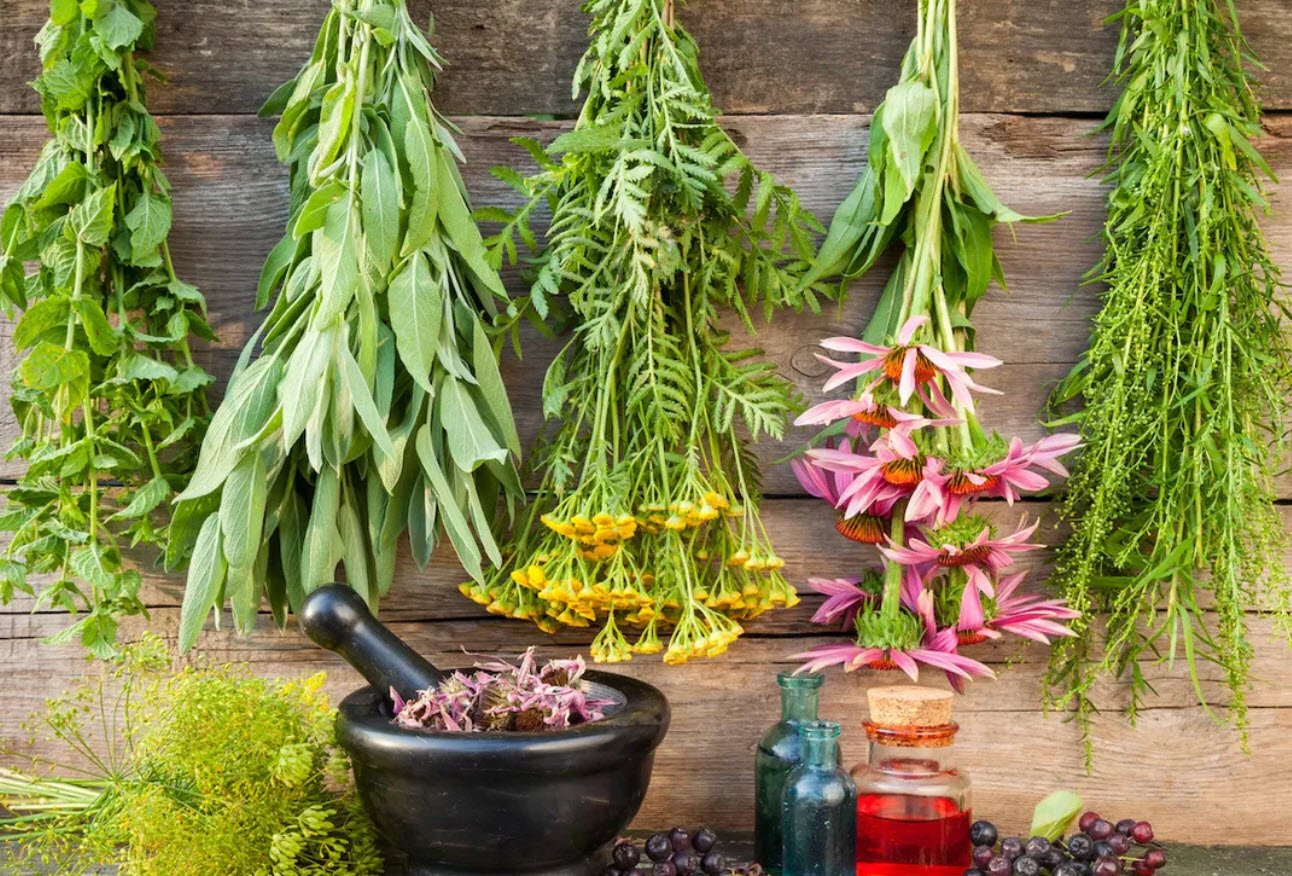
Perennials, the steadfast companions of avid gardeners, are the backbone of many flourishing gardens. Their enduring presence, returning year after year, adds a sense of reliability and beauty to any garden. While annuals bring immediate color and vibrancy, perennials provide a sense of longevity and a continuous cycle of growth and renewal.
This article explores the essence of perennial plants, their lifecycle, and the various ways they enhance our garden spaces.
The Essence of Perennials
Perennials are a class of plants that, once planted, return year after year, often for many years. These plants are typically herbaceous, meaning they lack a woody stem and generally die back to the ground during the winter months. However, they remain alive below the surface, ready to rejuvenate and bloom anew with the arrival of spring. This characteristic sets them apart from annuals, which complete their lifecycle within a single growing season.
The lifespan of a perennial varies based on the plant species and the growing conditions it encounters. Some perennials can persist for decades with proper care, while others may last for a few years. The essence of perennials lies in their ability to bring forth new growth and blooms each year, offering an enduring presence in the garden landscape.
The Perennial Lifecycle
The lifecycle of a typical perennial begins in the spring when it emerges from the ground. As the seasons progress from spring to summer and eventually to fall, the perennial grows, often producing vibrant flowers and setting seeds. With the onset of winter, the plant enters a period of dormancy, appearing to die back. However, beneath the surface, vital processes continue as the plant rests and conserves energy for the upcoming growing season.
Come spring, the perennial bursts forth with renewed vigor, once again gracing the garden with its splendor. Unlike annuals, which require replanting each year, perennials endure through this cyclical pattern, showcasing their endurance and adaptability. With the right selection and care, perennials can grace a garden for many years.
Utilizing Perennials in Your Garden
Perennials serve a multitude of purposes within a garden, making them a versatile and essential addition to any landscape. Here are some popular ways to utilize perennials:
1. Creating a Colorful Bed or Border: Perennials are often used to design vibrant flower beds or borders, adding a riot of colors and textures that evolve and change with the seasons.
2. Filling Island Beds: Island beds, isolated gardens within a larger landscape, are perfect for showcasing a variety of perennials, creating captivating focal points within the garden.
3. Complementing Annuals for Year-Round Color: By intermingling perennials with annuals, gardeners can ensure a continuous display of colors and blooms throughout the growing season.
4. Edging Walkways and Outdoor Spaces: Perennials can be employed to edge walkways, patios, pool areas, or decks, enhancing the aesthetics of these spaces and providing a soft transition between hardscape and greenery.
5. Companion Planting with Shrubs: Planting perennials alongside ornamental shrubs like roses adds year-round interest, with the perennials complementing the shrubs’ seasonal displays.
6. Transforming Former Lawn Areas: Replacing parts of a lawn with perennials can transform dull expanses into lively and visually appealing areas, requiring less maintenance and water in the long run.
In conclusion, perennials are the timeless beauties of the garden, offering a sense of continuity and beauty year after year. By strategically incorporating these long-lived plants into your garden, you can create a dynamic, ever-changing landscape that enchants and delights throughout the seasons. Whether adorning beds, borders, or outdoor spaces, perennials are a gardening choice that keeps on giving.

